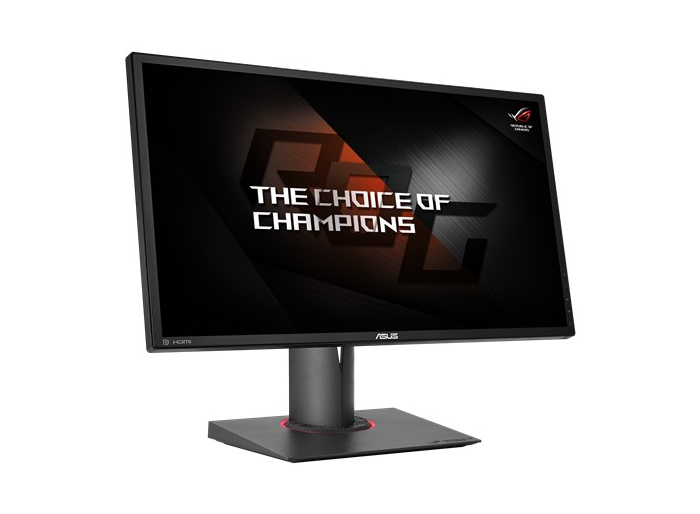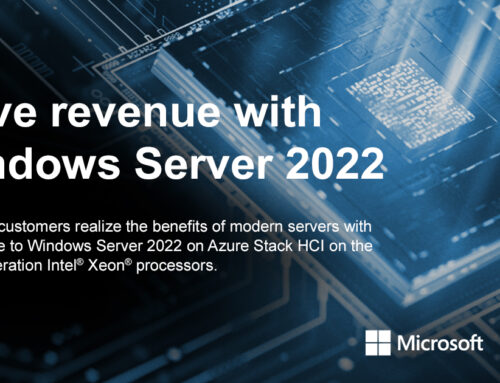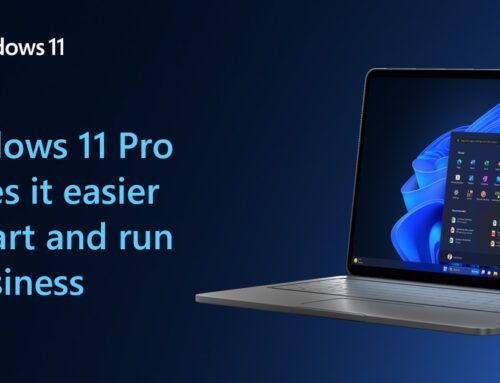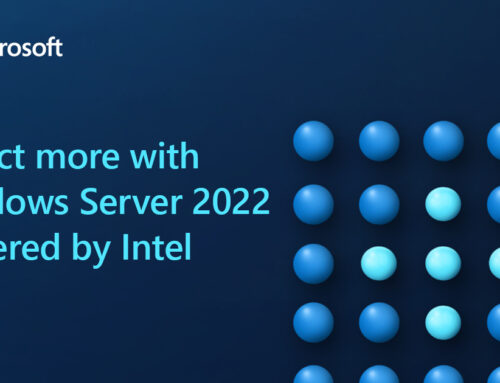What Features Matter the Most and What Solutions are offered by ASI?
As early technology advocates, gamers have long been a very important customer base for the channel, helping accelerate growth as they load their PCs with the fastest processor, best performing solid state drive and highest end graphics card. But over the past year as sales have doubled from 550,000 units to 1.2 million units worldwide, gaming monitors have become the new hot product for the PC Enthusiast.
While overall sales of monitors remained relatively flat with over 7 million units shipped through distribution in the US, gaming monitors with higher ASPs and higher profit margins represent a growth opportunity for resellers that focus on the high end PC market. With demand continuing to grow, more manufacturers such as Dell, HP, LG Electronics, Lenovo, Samsung, and AOC plan to release products in 2017 to join market leaders ASUS, BenQ, ViewSonic, and Acer.
For most computer users a monitor is a monitor with the main differences being screen size and resolution. While these factors are important to gamers, the fast paced nature of the games they play require precise detail and location of objects at a variety of distances. There are several advances in technology that help ensure the sharpness as well as the accuracy of these details by eliminating blur and smear, but among the two most notable are response time and refresh rates.
Pixel Response
Just like screen size, monitors come with a range of pixel response times that are influenced by a variety of factors including the type of panel technology implemented in the monitor. Response times are measured in milliseconds based on the amount of time it takes a pixel to transition from one shade of gray to another shade of gray (GTG) with the lower number indicating better performance. Response times range anywhere from 15ms to some recently announced monitors that can achieve 1ms. Gaming monitors should have a low pixel response time to reduce or eliminate smearing which can occur in high action games with fast moving objects. A fast pixel response time would ideally be 2ms or less but 4ms is said to be adequate.
Refresh Rate
Refresh rate, which is the time it takes the monitor to redraw the entire screen, is measured in Hertz. Standard monitors have a 60Hz refresh rate so the screen is refreshed 60 times per second. In games, fast moving objects or intense action scenes may appear blurry or have tearing, so gamers should look for monitors with at least 120Hz refresh rate which is already a requirement for 3D Technology, but will also help reduce blur or tearing in standard games. As of today, some monitors go as high as 144Hz.
Panel Technology
There are several types of display technologies and each has its advantages. The most common technology is Twisted Nematic (TN) panels which are popular for gaming monitors because they offer fast pixel response times and higher refresh rates but they may show color shifting when viewed from an angle. Vertical Alignment (VA) panels are known for their high native contrast ratio, robust colors, and ability to display deep blacks, but they are also known to produce noticeable ghosting effects, which can hurt gaming performance. In-Plane Switching (IPS) panels provide the best all-around color quality, strong gray-scale performance, and wide viewing angles. IPS panels require other technologies so monitors that utilize these screens tend to have higher costs. In addition, they are subject to motion artifacts and cannot match the pixel response time of TN panels. Customers may be hard pressed to determine the type of panel being used in a monitor, except for in the case of IPS which is well marketed because of the color quality at variable viewing angles and because Apple popularized the use of the term with their displays. In addition, IPS panels are widely used in touch solutions since pressing your finger on the screen doesn’t cause trailing distortions.
G-Sync and FreeSync
Another popular feature among gamers is to look for monitors that use synchronization technology or adaptive refresh technologies to help reduce tearing and other motion artifacts. Both NVIDIA and AMD have introduced V-Sync solutions for their graphics cards. NVIDIA’s solution is called G-Sync and AMD offers FreeSync. Both achieve the same result which is to give control of the refresh rate to the graphics card, not the monitor, so the card can adjust to variable refresh rates resulting in a very smooth gaming experience. The implementation of the two solutions is however different. With NVIDIA’s G-Sync, there is additional hardware that must be licensed from NVIDIA which means the monitor itself must have hardware that supports G-Sync as well as have Display Port 1.2a, and the graphics card must be a 650Ti or higher, so there is a cost premium for such technology. AMD’s FreeSync does not require additional hardware on the monitor side but does require support for Adaptive Sync through the Display Port 1.2a specification. In addition, AMD requires a newer graphics card (GCN 1.1 or later). While NVIDIA’s G-Sync may be more costly, it has a distinct advantage over FreeSync in that if the action in the game drops below 40fps (frames per second) the frames are doubled to prevent tearing at the lower frame rates.
Solutions from ASI
ASI has partnerships with many display manufacturers including ViewSonic and ASUS who both have solutions for gaming monitors. ViewSonic offers several models with response times of 2ms or 1ms, as does ASUS, but with ASUS they also have monitors that support NVIDIA G-Sync technology as well as AMD FreeSync Technology. At the highest end ASUS has the PG2480Q which is a 24” LCD with 1920×1080 resolutions, 1ms response time, 144Hz refresh rate that can be overclocked to 180Hz and supports NVIDIA G-Sync. ASUS also offers the PG278Q which is a 27” LCD with 2560×1440 resolution, 1ms response time, 144Hz refresh rate and also supports NVIDIA G-Sync technology.
Contact your ASI Sales Rep to learn more about ViewSonic and ASUS monitors.






Leave A Comment